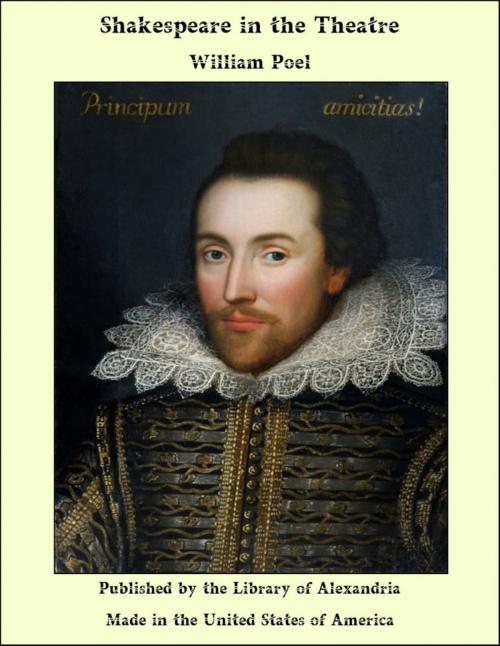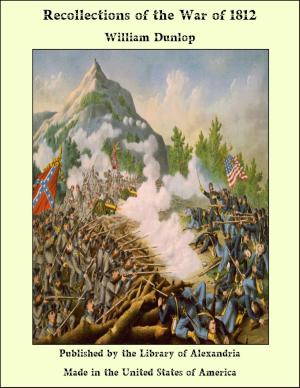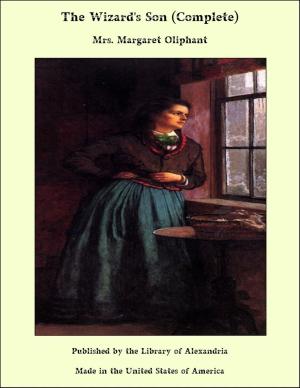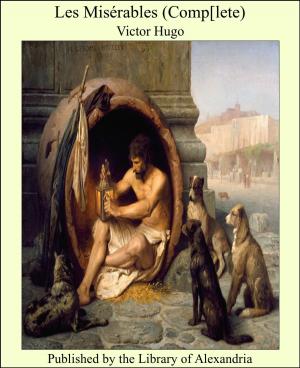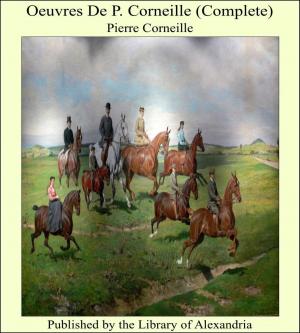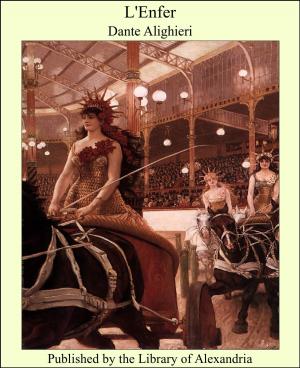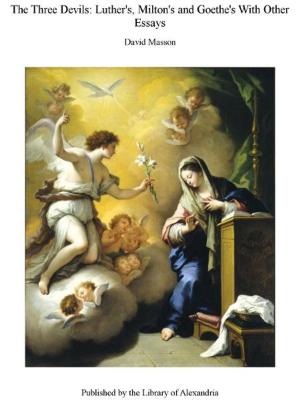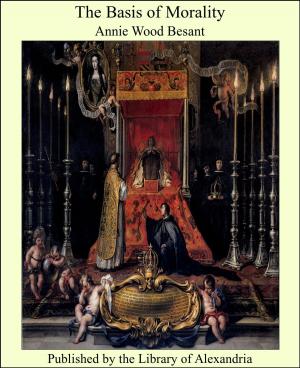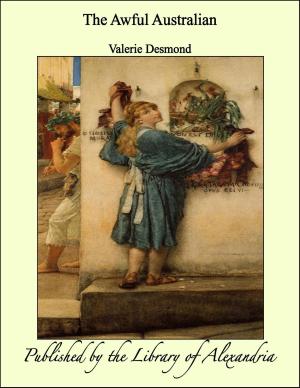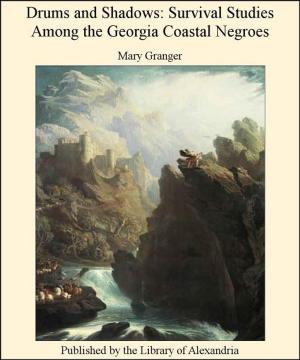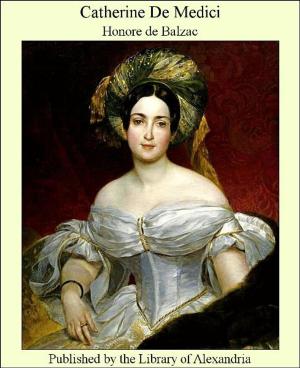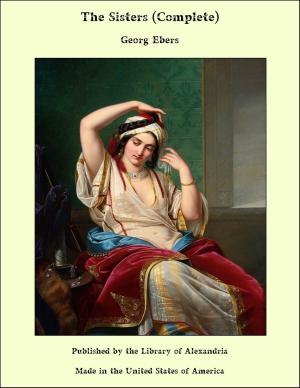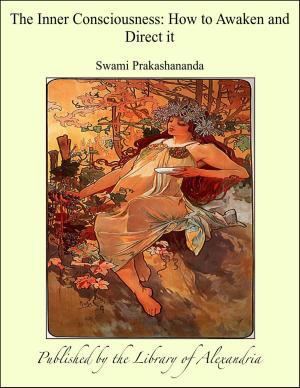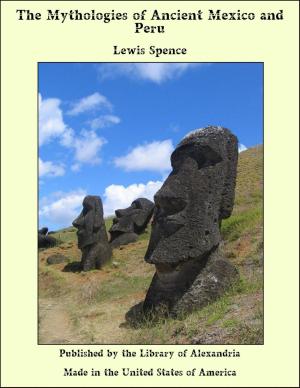Shakespeare in the Theatre
Nonfiction, Religion & Spirituality, New Age, History, Fiction & Literature| Author: | William Poel | ISBN: | 9781465587619 |
| Publisher: | Library of Alexandria | Publication: | March 8, 2015 |
| Imprint: | Language: | English |
| Author: | William Poel |
| ISBN: | 9781465587619 |
| Publisher: | Library of Alexandria |
| Publication: | March 8, 2015 |
| Imprint: | |
| Language: | English |
The interdependence of Shakespeare’s dramatic art with the form of theatre for which Shakespeare wrote his plays is seldom emphasized. The ordinary reader and the everyday critic have no historic knowledge of the Elizabethan playhouse; and however full the Elizabethan dramas may be of allusions to the contemporary stage, the bias of modern dramatic students is so opposed to any belief in the superiority of past methods of acting Shakespeare over modern ones, as to effectually bar any serious inquiry. A few sceptics have recognized dimly that a conjoint study of Shakespeare and the stage for which he wrote is possible; but they have not conducted their researches either seriously or impartially, and their conclusions have proved disputable and disappointing. With a very hazy perception of the connection between Elizabethan histrionic art and its literature, they have approached a comparison of the Elizabethan drama with the Elizabethan stage as they would a Chinese puzzle. They have read the plays in modern printed editions, they have seen them acted on the picture-stage, they have heard allusions made to old tapestry, rushes, and boards, and at once they have concluded that the dramatist found his theatre inadequate to his needs.
The interdependence of Shakespeare’s dramatic art with the form of theatre for which Shakespeare wrote his plays is seldom emphasized. The ordinary reader and the everyday critic have no historic knowledge of the Elizabethan playhouse; and however full the Elizabethan dramas may be of allusions to the contemporary stage, the bias of modern dramatic students is so opposed to any belief in the superiority of past methods of acting Shakespeare over modern ones, as to effectually bar any serious inquiry. A few sceptics have recognized dimly that a conjoint study of Shakespeare and the stage for which he wrote is possible; but they have not conducted their researches either seriously or impartially, and their conclusions have proved disputable and disappointing. With a very hazy perception of the connection between Elizabethan histrionic art and its literature, they have approached a comparison of the Elizabethan drama with the Elizabethan stage as they would a Chinese puzzle. They have read the plays in modern printed editions, they have seen them acted on the picture-stage, they have heard allusions made to old tapestry, rushes, and boards, and at once they have concluded that the dramatist found his theatre inadequate to his needs.
